If you are just starting out to invest - I need to warn you something.
Even if you invest in a great business - if you overpaid for the business, it will be a poor investment.
That's why, in this blog post - I am going to share with you a straightforward way to valuate companies.
This is a valuation method that I have been using in my personal investment journey - and it served me well in my investment journey.
I called it the "Thermostat" method.
How Does A Thermostat works?

A thermostat detects the temperature of the room and performs actions so that the system's temperature is maintained at a set temperature.
So for example, a thermostat in a room is set at 25°C.
If a hot air gushed into the room, and increses the temperature to 30°C, the thermostat will turn on the air-conditioning to reduce the temperature back to 25°C.
If a cold air gushed into the room, and decreases the temperature to 22°C, the thermostat will turn on the heater to increase the temperature back to 25°C.
That's how the thermostat works.
It helps to change temperature back to its average.
This concept is also known as, "Reversion to the mean" - and it can be used to help valuate businesses.
Why Valuation Is Important?

Every business has an intrinsic value attached to it.
If we pay above the intrinsic value - then essentially, we are overpaying for the business.
If we pay below the intrinsic value - then we are getting the business undervalued.
And that is what we want as an investor - buying businesses undervalued.
Its kinda like buying a cup of cofee.
No matter how good the coffee taste - you wouldn't want to pay $1000 for a cup of coffee.
How To Valuate Companies?

Now, remember how the thermostat works?
The temperature will go back to the average.
Valuation works a similar way.
Valuation tend to go back to its average as well.
A quick note - we are not talking about share prices here.
We are talking about valuations.
To explain this - I have to talk a little bit about Price-to-Earnings Ratio.
What is the Price-To-Earnings Ratio?

This ratio is one of the most common ways to valuate companies.
Typically, the lower the PE ratio, the "cheaper" the company is.
So I am going to ask you this question.
Company | PE Ratio |
|---|---|
"ABC" | 5 |
"DEF" | 25 |
Which company will you invest in?
At first glance, you would think PE ratio of 5 is cheaper right?
The answer is that it depends!
This is the most common misconception people have.
They think that a PE ratio below 12 - means that it is cheap, and because of that they missed many investment opportunities.
Why do they miss investment opportunities?

A higher quality company will always have higher PE ratio than a poor quality company.
If you only insist on investing in companies with a PE ratio below 12 - it means that you are going to miss out on plenty of good quality companies.
Look at the PE ratio of Facebook.
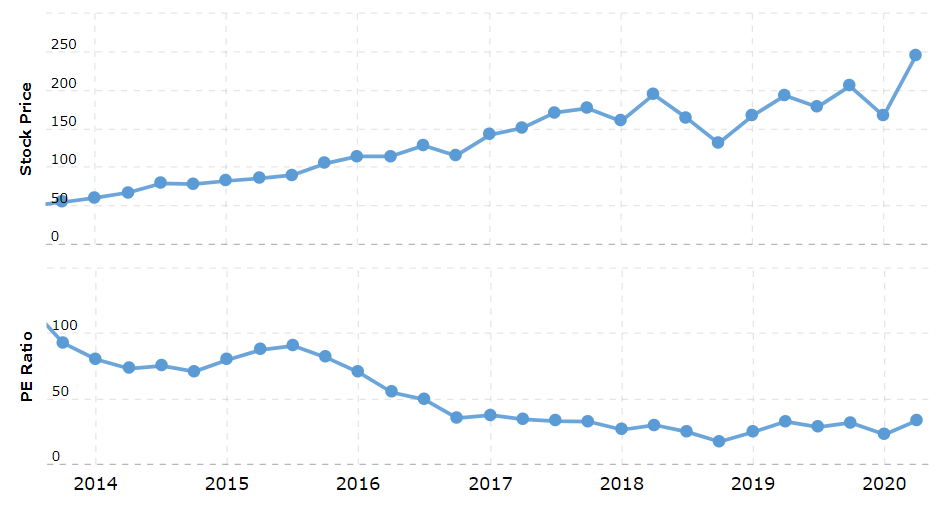
Facebook is a growth company - it will almost never have a PE ratio of below 12, but can you see that the share price keeps increasing?
(The lowest PE ratio FB ever has was 17.32)
And if you wanted to wait for the PE ratio to fall below 12 to invest - you could end up waiting forever.
The same thing with Google.
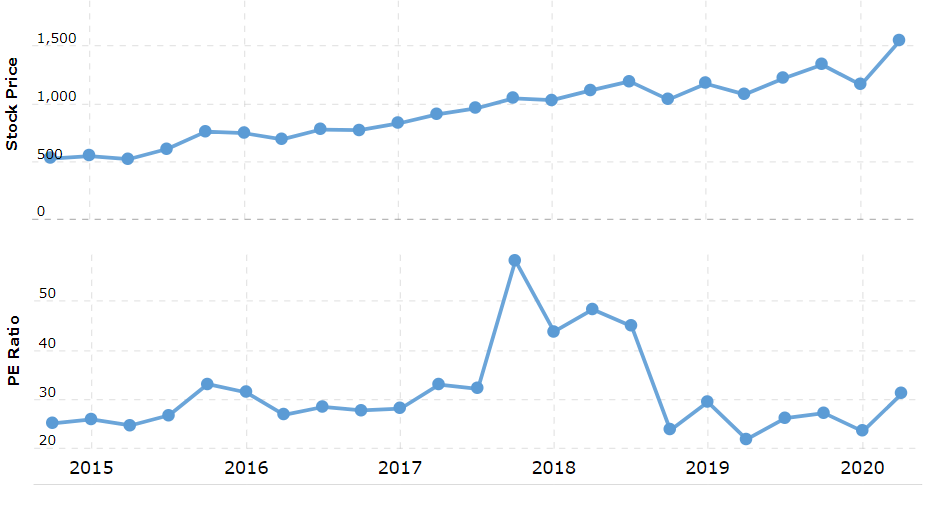
The same thing here - if you wanted to wait for the PE ratio of GOOG to fall below 12 to invest - you could end up waiting forever.
The same thing with Microsoft.
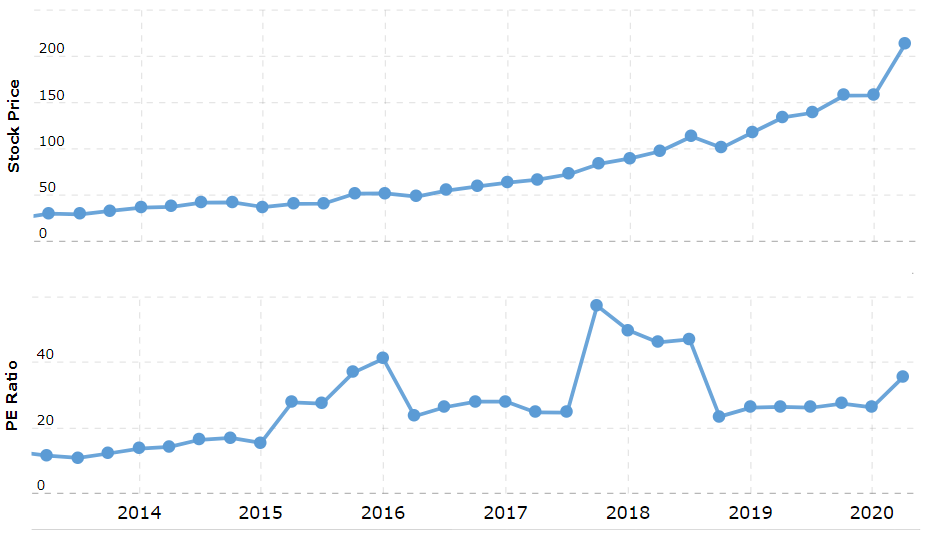
Again - if you wanted to wait for the PE ratio of MSFT to fall below 12 to invest - you could end up waiting forever.
These are companies which seen tremedous increase in share price.
Many investors are making the mistake and saying, "I will only invest when PE ratio is less than 12."
That's why they always think that all the good companies are always overvalued! And they never had invested in them!
But that will not happen to you, because you read this blog post.
If using a PE below 12 is a poor way to valuate companies, how should we valuate companies?
Introducing the "Thermostat" method.
The "Thermostat" Method

The "Thermostat" method works on the concept of reversion to the mean.
That's right - it means that the PE ratio of these companies tend to go back to its average PE ratios as well.
(Specifically, I use a 3 years PE ratio)
Don't worry, if you are feeling lost right now, I have broken it down into a 3 steps process:
Step 1: Find the 3 years average PE ratio of the company
Step 2: Find the forward earnings of the company
Step 3: Calculate the intrinsic value of the company
Step #1: Find 3 Years Average PE Ratio

Now, remember that the reason why we want to find the average PE ratio is because of the concept of reversion to the mean.
This means that the valuation of the company will tend to go back to its average.
So how do we find the 3 years average PE ratio of the company?
The answer is by using the website: https:www.macrotrends.net
In fact, let's use Facebook as an example. The table belows shows the PE ratios for the for the previous quarters.
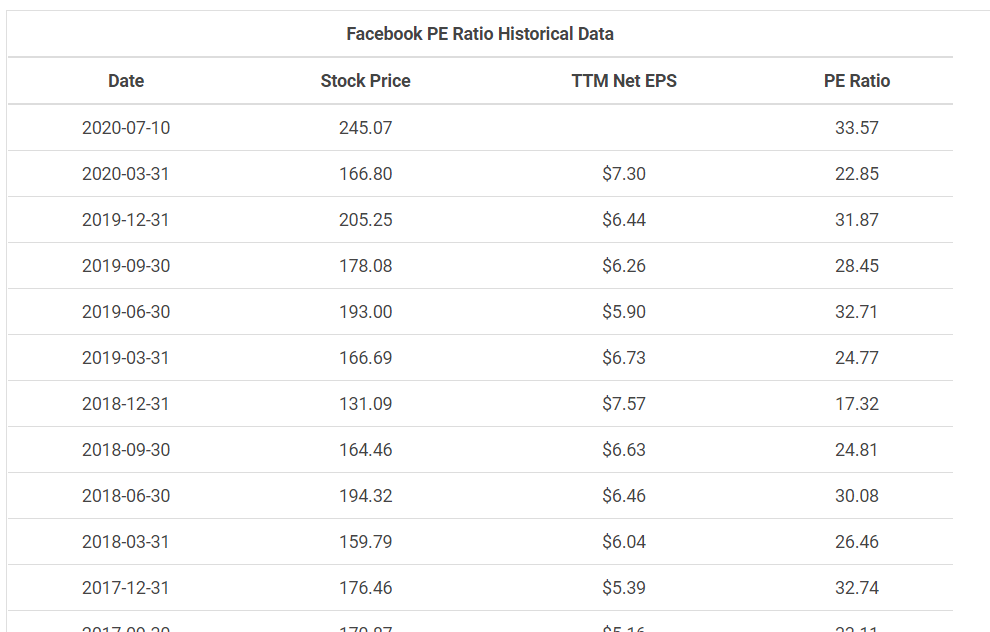
A company report its earnings every quarter; and a year has 4 quarters.
To find the 3 years average PE ratio - I can calculate the average of the 12 quarters to find the 3 years average.
That is how you find out the 3 years average PE ratio.
Now we have the average PE ratio, we have to find the what we call the forward earnings of the company.
Step #2: Find The Forward Earnings

Forward earnings refers to an estimate of the next period's earnings of a company.
You might be wondering, "Gin, how am I supposed to predict what the company's earnings will be in the future??"
Well, the difficult answer is this - by understanding the company, and asking yourself these questions:
- 1What are the growth plans of the company?
- 2Are there going to be any new product launch?
- 3Are they strategically acquiring other companies to optimise their supply chain and cutting down future expenses?
- 4Are there plans to tap into a larger customer base, by going global?
- 5Etc.
Yes, these are the questions you need to answer as an investor.
Stressful, isn't it?
Don't worry - as usual, here's a quick and dirty way to do it - even if you are a complete beginner.
That is by relying on analysts.
There are analysts who are estimating future earnings as part of their profession.
One example is Zacks.com
This website collates the earnings estimates by analyst - and we can use that as a reference to use for our forward earnings.
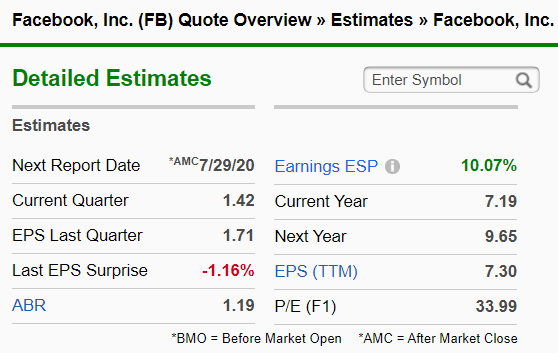
So from the image above, you can see the following:
Personally, I will use the current year esimate of 7.19 - because it is much easier to estimate a closer term earnings, then next year's.
Similarly, if you asked a weather forecaster - he could predict tommorrow's weather much more accurately than if you asked him to predict next year's weather.
Now, we have both the average PE ratio as well as the forward earnings estimate - we have all the ingredients we need to calculate the intrinsic value using the "Thermostat" Method.
Step #3: Calculate Intrinsic Price

Congrats if you read until this point!
Here's the exciting part - how to calculate the intrinsic price of the company.
Remember the forumla for PE ratio?

We can rearrange the equation to find our intrinsic price of the company.

And that is how you can calculate the intrinsic price of the company using the "Thermostat" method.
How Can You Do This For Your Portfolio?

And this conclues the "Thermostat" method to valuating companies.
What have we learned here - we cannot use an absolute PE ratio to decide whether a company is cheap.
A low PE ratio (i.e. < 12) does not mean it is necessarily cheap, and a high PE ratio (i.e >12) does not mean it is necessarily expensive.
In the "Thermostat" method we used the average PE ratio to decide whether the company is undervalued or not.
By the way, before we even do our valuation - it is important that we only invest in fundamentally good companies.
If you have not read about avoiding poor quality companies, make sure you read in this blog post:
Related: How To Avoid Poor Quality Stocks (The Funnel Method)
